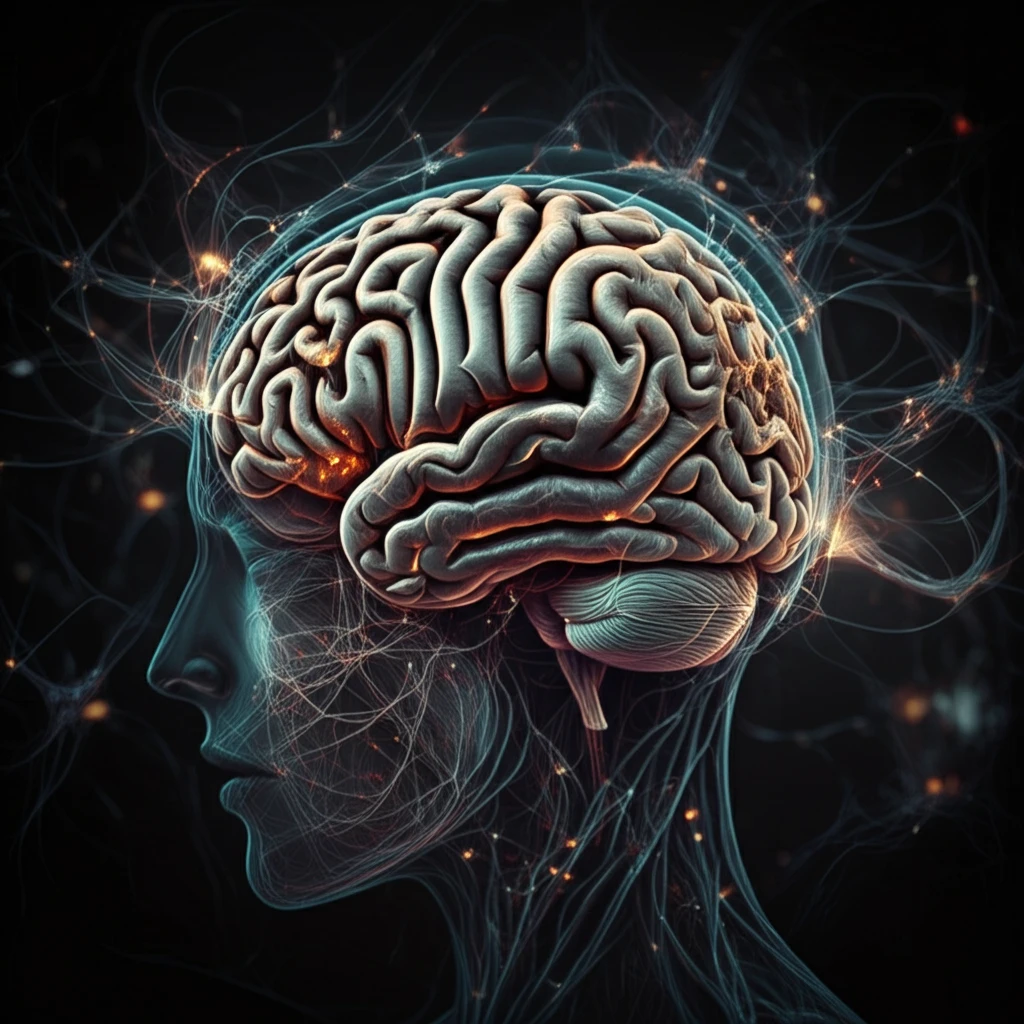
Can rTMS Help with Treatment-Resistant Depression After Traumatic Brain Injury?
"A new study explores using repetitive transcranial magnetic stimulation (rTMS) to target depression in TBI patients, offering hope for those who haven't found relief through traditional treatments."
Depression following a traumatic brain injury (TBI) can be particularly stubborn, often resisting standard treatments like medication and therapy. This leaves many individuals feeling lost and without options. However, new research is exploring alternative approaches, offering a glimmer of hope for those with treatment-resistant depression after TBI.
Repetitive transcranial magnetic stimulation (rTMS) is emerging as a promising tool in neuropsychiatry. It's a non-invasive technique that uses magnetic pulses to stimulate specific areas of the brain, aiming to improve neural activity and alleviate depressive symptoms. While rTMS has shown success in treating major depressive disorder, its effectiveness in TBI-related depression is still under investigation.
A recent pilot study published in the Journal of Neurotrauma delves into the potential of rTMS for individuals with treatment-resistant depression following a TBI. The study explores a unique approach: using individualized brain mapping to precisely target rTMS stimulation. Let's break down the study's findings and what they could mean for the future of TBI and depression treatment.
The Study: Targeting Brain Networks with rTMS

The pilot study, though small, employed a randomized, controlled, double-blinded design – the gold standard for research. Fifteen participants with treatment-resistant depression and a history of TBI were enrolled. These individuals had previously tried multiple antidepressant medications without success.
- Individualized Brain Mapping: Researchers used functional MRI (fMRI) to map each participant's brain activity. This identified the dorsal attention network (DAN) and the default mode network (DMN).
- Targeting the Difference: The rTMS target was the dorsolateral prefrontal cortex (DLPFC), specifically the area showing the biggest difference in activity between the DAN and DMN. This individualized approach aimed to fine-tune the treatment for each participant's unique brain activity.
A Promising Start, But More Research Needed
This pilot study offers encouraging initial evidence that rTMS, when targeted with individualized brain mapping, may be a feasible and effective treatment for treatment-resistant depression after TBI. The study's findings highlight the importance of personalized approaches in mental health treatment.
